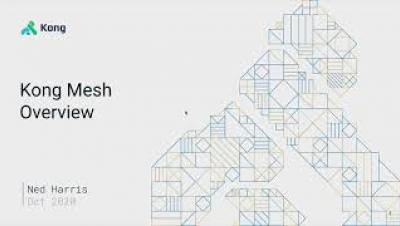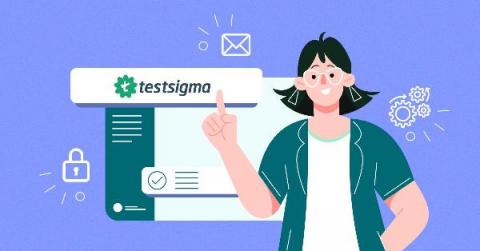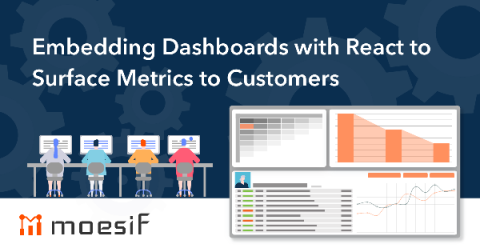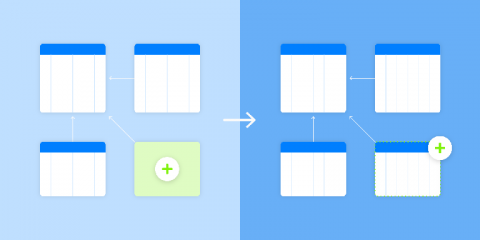Systems | Development | Analytics | API | Testing
%term
How Data Will Shape Business Practices of the Future | Part 2 | Snowflake Inc.
SEO vs. PPC - Which Strategy is Right for Your Business
Is Testsigma secure for your organization?
SaaS (software as a service) which is one of the most popular forms of cloud computing has completely revolutionized the world of cloud computing as it is being adopted by a majority of the IT organizations to modernize their IT structure. With companies shifting their tools and platforms from on-premise to cloud-based solutions, there is no doubt the future belongs to the SaaS test automation platforms.
Embedding Dashboards with React to Surface Metrics to Customers
Embedded dashboards are an easy way to share the insights you got from Moesif across your team and with your customers. You define metrics, build your dashboards, and then share them, filtered by company or user, inside your developer portal. From a technical point of view, they’re just websites that can be displayed inside an iframe somewhere on your web pages.
What's happening in BigQuery: Time unit partitioning, Table ACLs and more
At Google Cloud, we’re invested in building data analytics products with a customer-first mindset. Our engineering team is thrilled to share recent feature enhancements and product updates that we’ve made to help you get even more value out of BigQuery, Google Cloud’s enterprise data warehouse.
Failing to Succeed in Data Analytics? Try DataOps
We live in a Fourth Industrial Revolution, where data is the lifeblood of business. Those of us who harness the power of artificial intelligence, machine learning and augmented analytics to uncover insights from data are the ones who will be able to find better ways of driving efficiency, productivity and superior business outcomes.
How We Teach The Leaders of Tomorrow To Be Curious, Ask Questions and Not Be Afraid To Fail Fast To Learn Fast
The data age has been marked by numerous “hype cycles.” First, we heard how Big Data, Data Science, Machine Learning (ML) and Advanced Analytics would have the honor to be the technologies that would cure cancer, end world hunger and solve the world’s biggest challenges. Then came third-generation Artificial Intelligence (AI), Blockchain and soon Quantum Computing, with each one seeking that honor.
Appian Announces Appian Connected Claims for Insurance
Automation Unites Development Teams and Analysts
Through automated data pipelines, analysts can access the data they need and engineering teams can complete higher-value projects.










